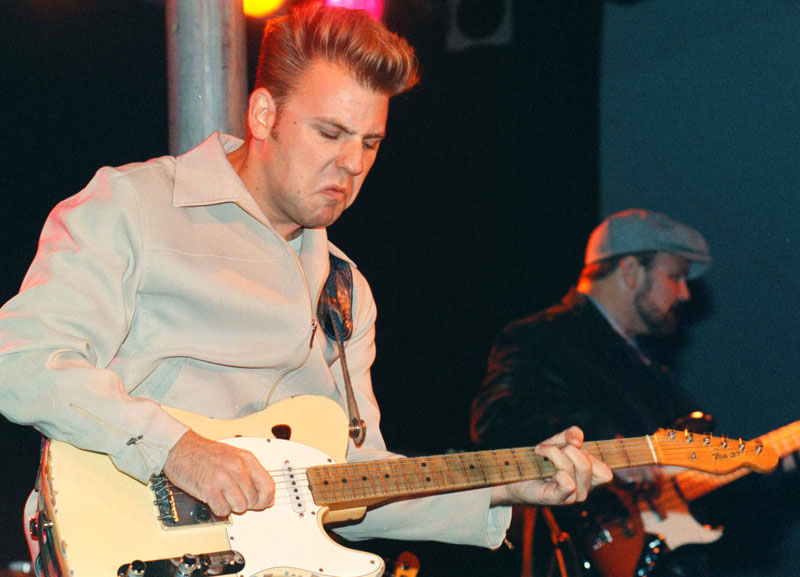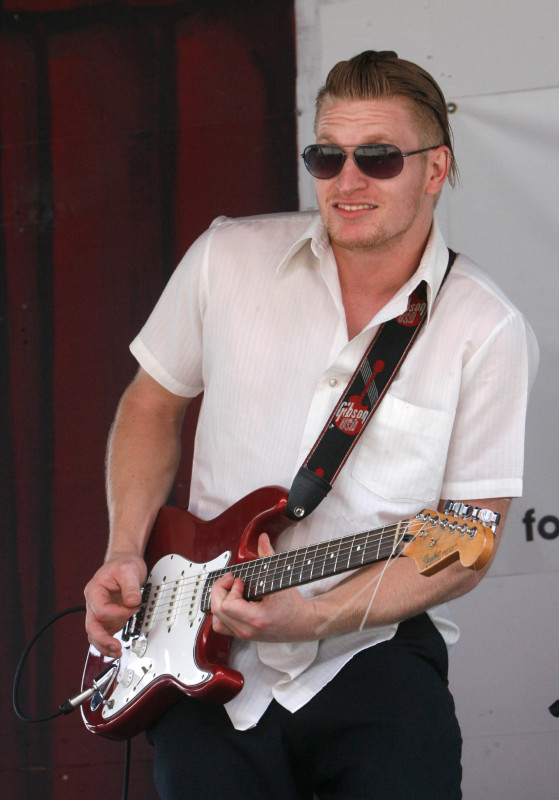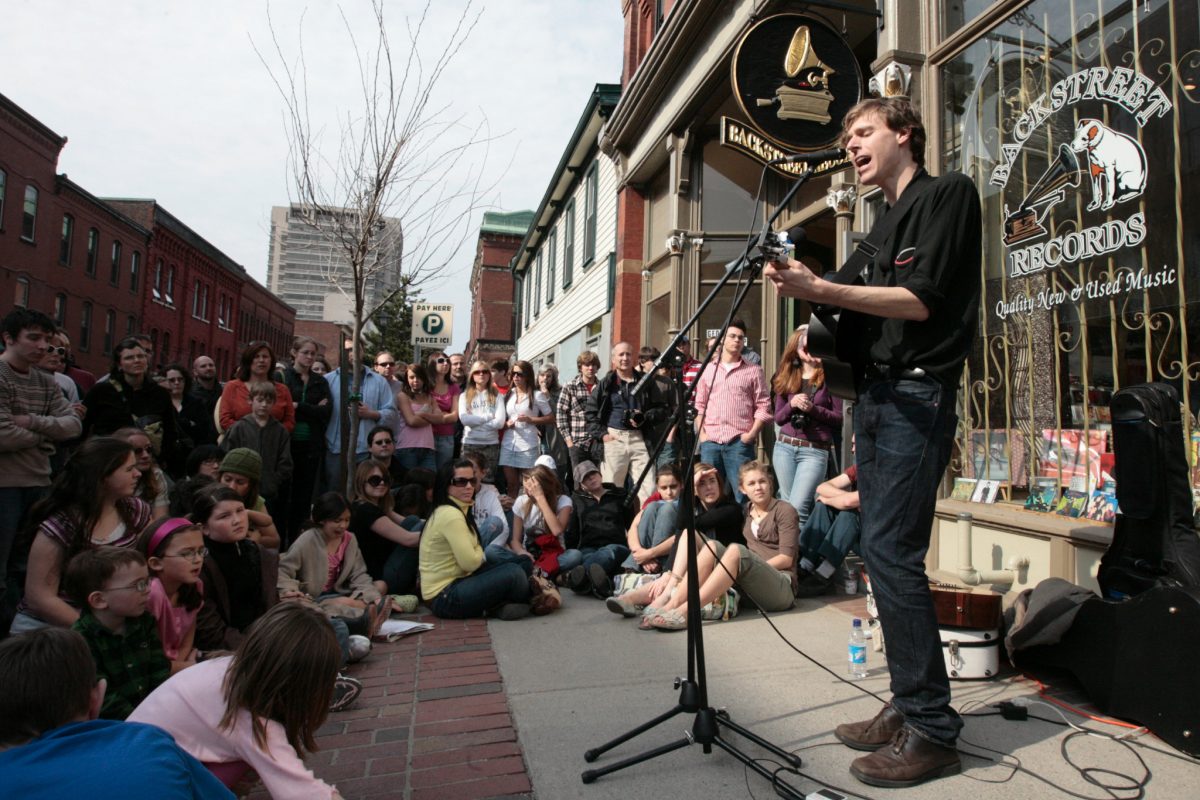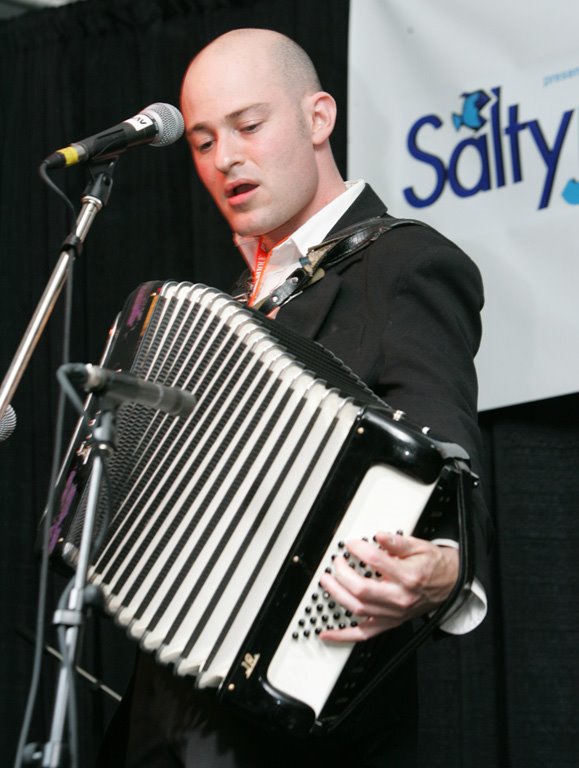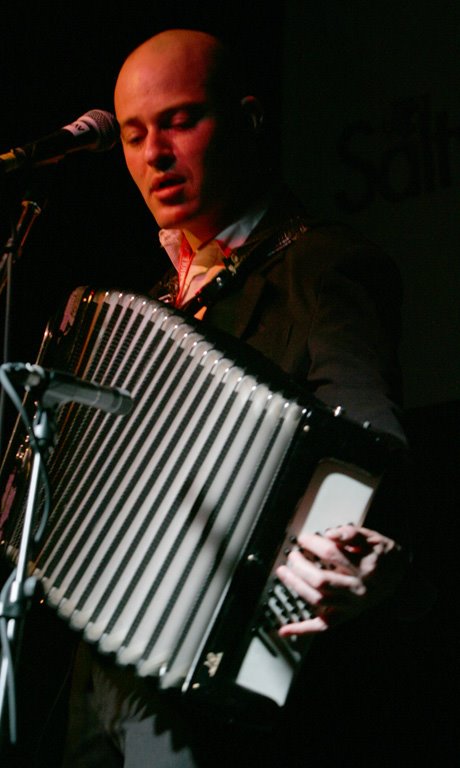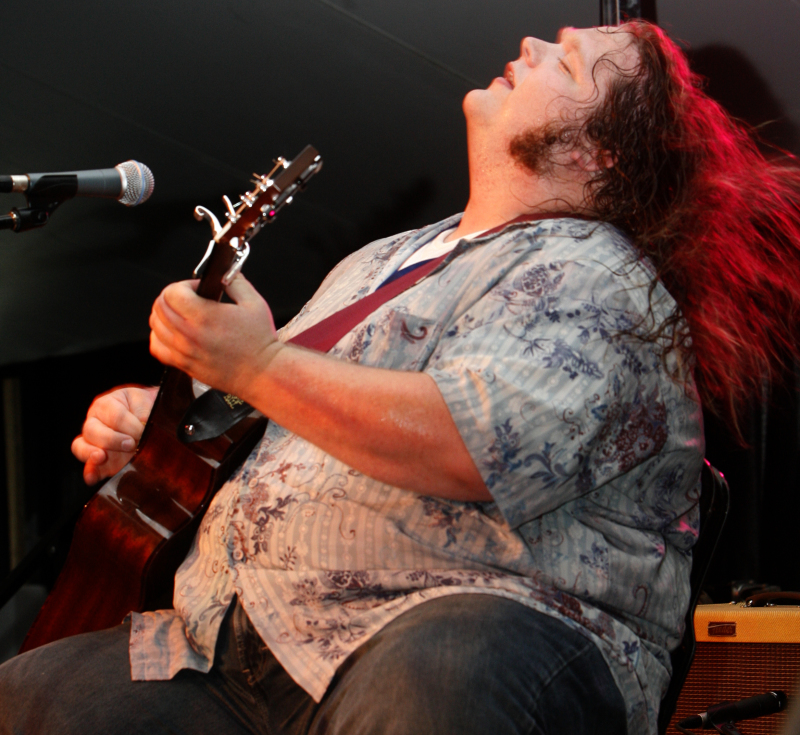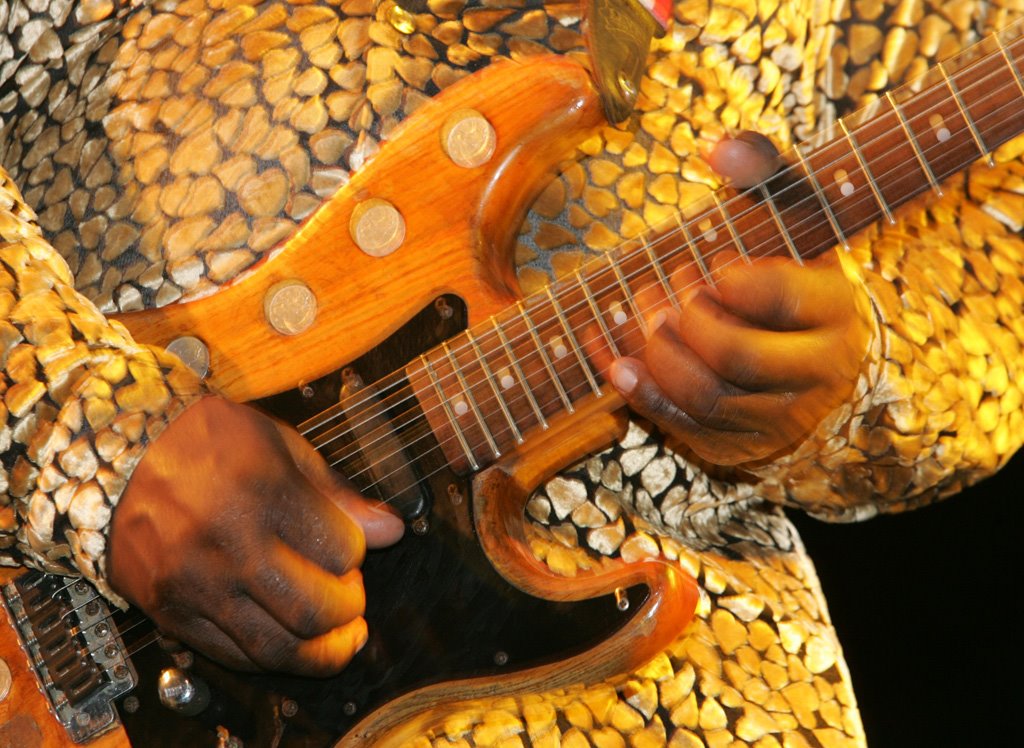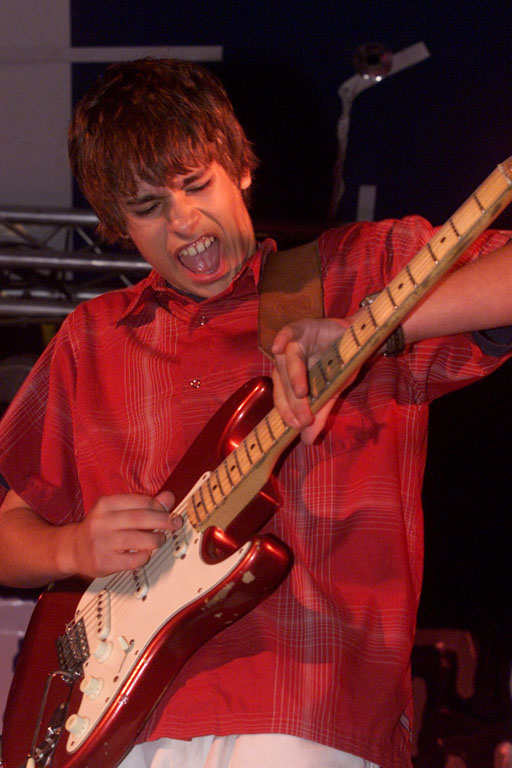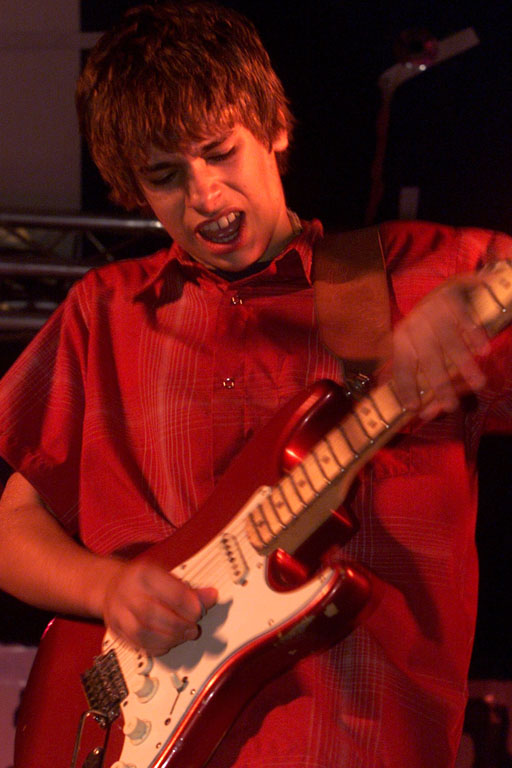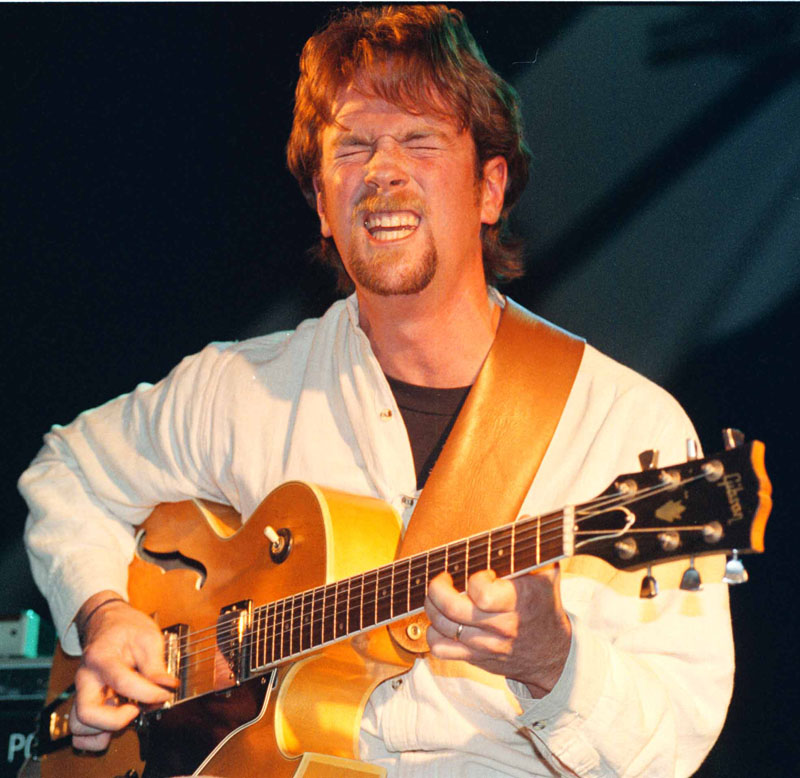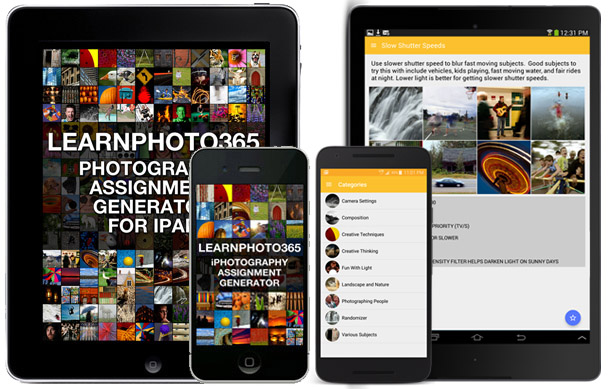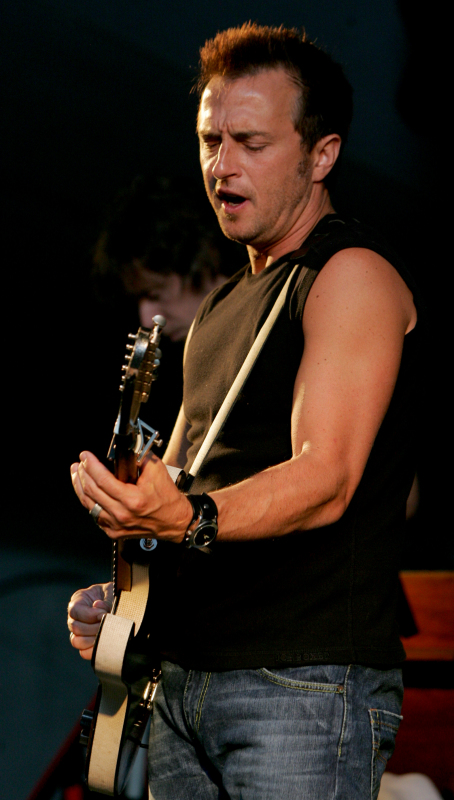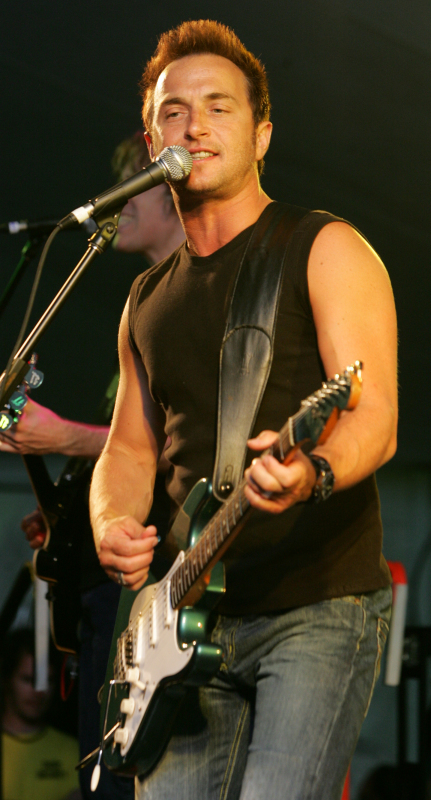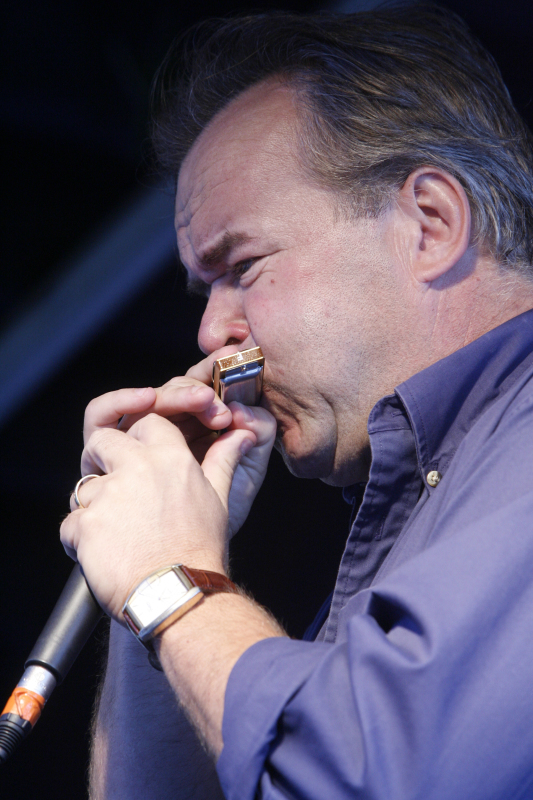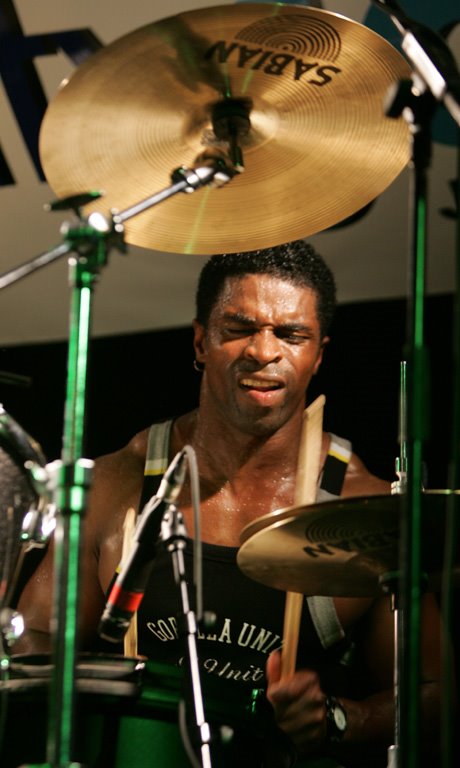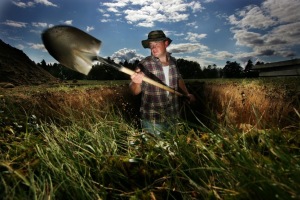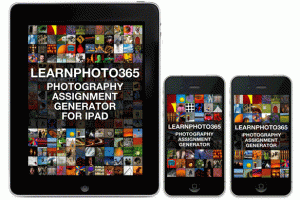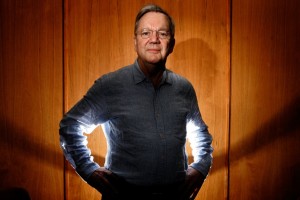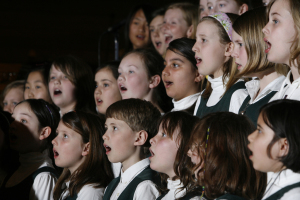Summertime is upon us, which means concerts and music festivals! Not only can you enjoy the sounds of a concert or festival, you can record the sights with you camera! Here are some tips on how to get some great photos!
OUTDOOR CONCERTS
These are the easiest to shoot, because there is usually lots of great light during the daytime.
CAMERA SETTINGS(OUTDOOR)
ISO
If the light is good, 400 is fine. If the light is lower (later in the day, darker overcast) you’ll probably want to go to 800.
WHITE BALANCE
If your are under daylight, use daylight. Shade, use shade.
LENSES
Zoom lenses are great for getting close ups of the musicians expressions, or playing…or if you are far back, getting them bigger in the frame. Right up close to the stage? Try the wide angle or the normal.
SHUTTER SPEEDS
You’ll want to freeze the action if the musicians move around alot, so 1/500th would be the best. Someone who doesn’t move much, then 1/250th would be fine.
INDOOR CONCERTS
These are the challenging ones, mainly due to the lower light.
Flash or No Flash?
Whether or not you use flash will pretty much be based on how bright the light is. If there is enough ambient light to get a decent exposure, you can shoot without flash. However, when it comes to stage lighting for indoor concerts, most is bright enough for the eye, but not very bright when it comes to photography and getting good exposures. Even lenses with wide apertures like F1.8/2.8 won’t bring in enough light to get fast speeds under most situations.
The problem with direct flash is that it is very harsh. If you can bounce the flash off the ceiling(if the concert is in a tent with a white ceiling, AWESOME!) you will get much softer light. However you will lose any color in the stage lighting.
The first shot was done using bounce flash off the ceiling tent with no ambient exposure. The second one I used the ambient light. the light has a nice direction to it and retains the color of the stage lighting. Exposure was 60th/second at F6.3 with ISO 800. He didn’t move too much, so the shutter speed was fast enough to freeze him. Someone rocking hard though would be very blurred…you’d like to get at least 1/250th (1/500th would be better) but the only way that is going to happen is with wide aperture lenses (f2.8, etc) or jacking up the ISO.
Also you should be using your spot meter. The stage light will be very contrasty, so there will be lots of highlights and shadows on faces that will fool your overall meter. The light will also be constantly changing during the show, so you will want to keep checking your exposure.
CAMERA SETTINGS(INDOOR)
ISO
If you are using flash and the light is good, 400 is fine. If you are going for ambient light, you will most likely have to use 800 or even 1600 to get a good exposure.
WHITE BALANCE
If your are using flash, use flash or auto. If you are going with ambient, choose TUNGSTEN/INCANDESCENT(little bulb)
LENSES
Here is where having a wide aperture(smaller number) is good. if you want to shoot with just the ambient light, having a lens that opens to 3.5/2.8/1.8 will let in a lot of light and allow you to get faster speeds. A 50mm lens with a wide aperture is a great lens if you shoot lots of concerts. Wide angle lenses will allow you to show the whole stage, telephoto lenses allow you to zoom in.
SHUTTER SPEEDS
If you go with just the ambient light, the key is to remember you need a shutter speed that is fast enough to freeze movement of the musicians. 250th of a second is best, 500th would be good for a musician who is moving fast, like Matt Andersen. Again, you will most likely have to up your ISO to get a fast enough speed.
You could also try to some slower shutter speeds with flash to get some blur and sharpness, like the close ups below of Carson Downey Jr soloing. To do this, choose the shutter speed you want to use(60th-15th works well) and adjust the aperture to get a proper meter reading(or use TV/S mode, which is shutter priority and allows you to set the shutter speed you want to use and the camera controls the aperture). Then pop or turn on your flash, and use TTL or Manual flash mode and adjust the power if necessary to get the light balanced. Very import, your flash should be second to rear or second curtain sync. That way the flash fires at the end of the exposure, not at the start, so the flash image will be ON TOP of the blur.
Good comparison here:
JP LeBlanc, first image shot using a fast shutter speed(250th), with flash. The second image was taken using a much slower shutter speed(60th), with flash:
Now, when you do balance the light, expect to get some mixed colors. Below you can see some normal flesh tones mixed in with the orange and yellows of the lights.
FLASH SETTINGS
Two options for flash, TTL and MANUAL.
With TTL, the flash and camera will try to figure out the proper amount of light to put out automatically. Works great when you have even tones, but if you have a lot of dark areas or bright areas or contrasts, it will not do the job. So then you can use your FLASH EXPOSURE COMPENSATION(+/-) to adjust the power levels. But be prepared to have to continually adjust as it will keep changing as the stage light changes, etc.
Manual flash IS the better mode to use IMO. Since the subject is not moving much, and you will most likely be shooting from the same location, you can just set the correct power level and fire away.
So you set the aperture you want to use, then adjust the power level until the distance on the flash is the distance to the subject. SIMPLE! If the light is a bit too bright or dark (cause maybe you are like me and have terrible skill at estimating distance) then you can just turn the power up or down. The flash won’t get fooled by bright or dark light, since it’s doing what you tell it to.
Again, set the flash to REAR or SECOND CURTAIN SYNC so the flash fires at the end so the sharp image is on top.
SHOOTING LOCATION
Right at the front of the stage allows you to get really close to the action, but you will have to use a wider angle lens, resulting in a bit of distortion, like the image below of the late Jeff Healey. You will also be more likely to get lights in the background, which could create some flaring.
The side angle can also provide an interesting shot, and it will help avoid getting the microphones and stands in the picture or obscuring the faces.
And watch out for microphone stands! They get in the way all the time, try for an angle where you can’t see them!
Also, don’ t forget the bass player! The bassist usually doesn’t get much attention, but are such an integral part to the rhythm and sound.

This shot is funny because I caught a string breaking on the last song.
Don’t forget to see if there are any interesting possibilities with the other musicians, such as the drummers(show framed through the drum kit, with a beaming smile!) Most band members usually get a chance to solo for a bit(at least in the jazz fest!) It’s also good to try some using a bit slower shutter speeds with flash to get some sharpness and blur as I did in the second image.
And the sax solo:
Some final tips:
-WEAR EARPLUGS!!! Especially if you are going to be shooting up front. It doesn’t take very long to affect your hearing!
-watch out for drunk people with beer in their hands…BEER is BAD for your camera. It smells, and it’s sticky and hard to clean off..and if some drunk asks you to take their picture, just snap a shot to humour them so they don’t get mad and do something stupid..
So good luck, enjoy the music, and hopefully get some great images!
Noel Chenier
———-
Photographer and teacher
Connect with Noel on INSTAGRAM or TWITTER or via EMAIL
Photography Assignment Generator Apps now available on the app store!
Noel’s Portfolio
Work Done by My Students!
Want to make sure you get all the latest posts and info? Subscribe!
(1565)


